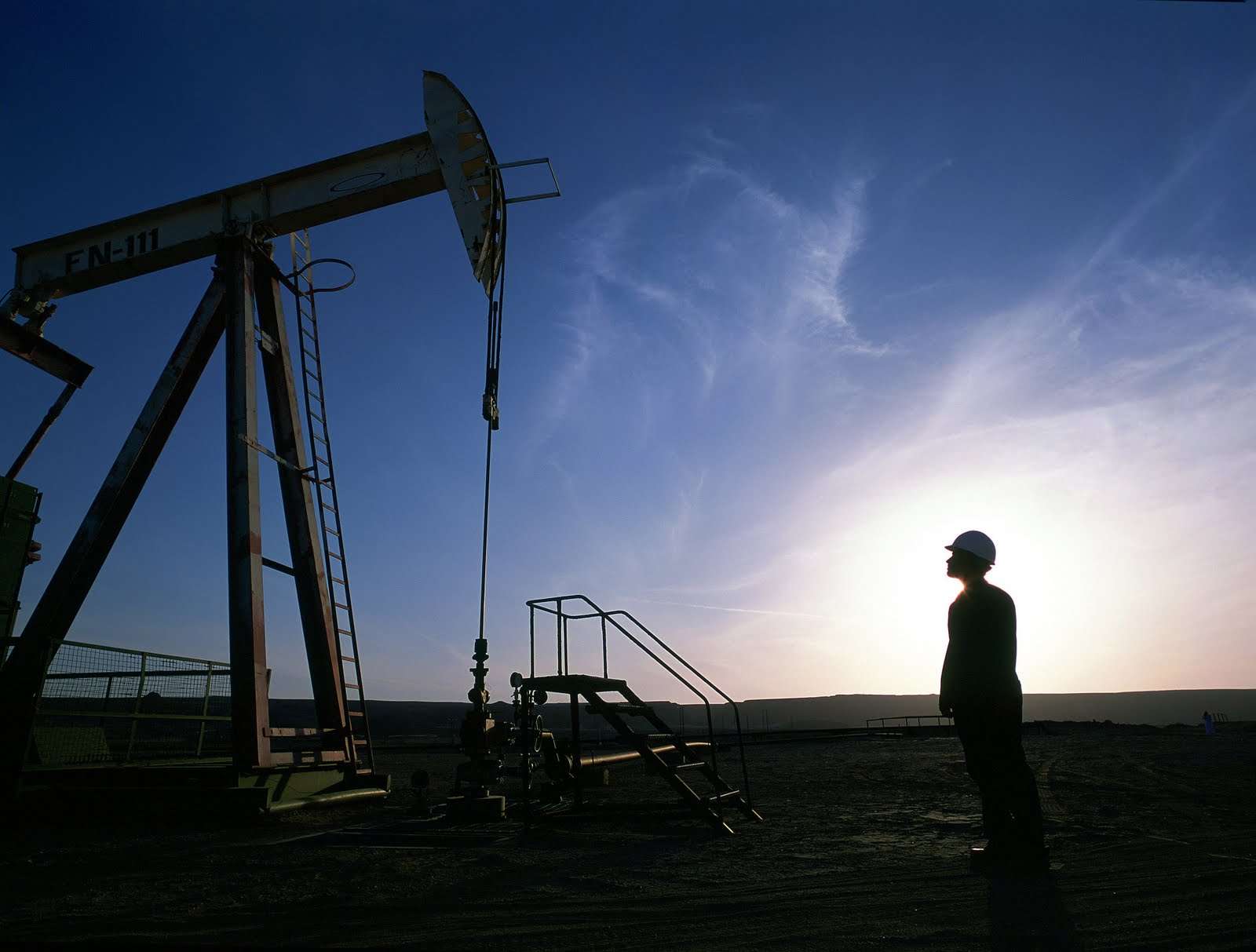Brent holds above $40 as investors call bottom on oil rout
SINGAPORE (Reuters) – Oil prices fell on Tuesday on weak Chinese trading data, but Brent remained over $40 a barrel after jumping to 2016 highs the previous day as producers announced talks to support the market and investors opened new bullish bets.
International benchmark Brent crude futures managed to defend $40 per barrel on Tuesday, standing at $40.32 at 0359 GMT, down 52 cents from their last settlement. On Monday, the contract had surged over 5.5 percent in intra-day trading and has gained 49 percent from its 2016 lows on Jan. 20.
U.S. West Texas Intermediate (WTI) crude futures were at $37.48 a barrel, down 42 cents from their last close but almost 45 percent up from their 2016 low on Feb. 11.
On the demand side, China’s crude imports jumped 19.1 percent between January and February to 31.80 million tonnes(about 8 million barrels per day) despite overall weak commodity and trading figures released on Tuesday.
“Higher ‘teapot’ (independent refinery) demand and stronger refining margins which encouraged higher refinery throughputs have contributed to increased imports. Falling domestic crude production is also supportive,” said Virendra Chauhan of Energy Aspects in Singapore.
Despite strong oil demand, questions about the sustainability of growing consumption weighed on markets as China’s economic downturn saw its overall exports plummet by a quarter in February in the worst slump since 2009.
China’s vehicle sales, a key driver for gasoline demand, in February fell 3.7 percent from a year earlier to 1.37 million, data from China Passenger Car Association showed on Tuesday.
“This is really a poor start for trade this year,” said Zhang Yongjun, senior economist at the China Center for International Economic Exchanges.
BULLS VS BEARS
Following steady rises from late February on the back of a falling U.S. rig count, oil markets gained strong traction last Friday after Russia’s energy minister said that a meeting between the Organization of Petroleum Exporting Countries (OPEC) and other oil producers about freezing output could take place between March 20 and April 1.
Late on Monday, South American producers also said they would meet to talk about action to support prices.
Gary Ross, executive chairman at New York-based consultancy PIRA, said that oil would recover to $50 a barrel by the end of the year.
“They (OPEC) want $50 oil, this is going to become the new anchor for global oil prices,” said Ross.
In anticipation of higher oil prices, oil traders have started to cut back short positions that would profit from lower prices, while opening up new long positions that would profit from higher prices.
Yet Singapore-based Phillips Futures cautioned of an overblown price rally.
“The main change in fundamentals … comes from the declining U.S. crude production. Besides this change, we do not see other changes to supply as other factors mainly involve talks rather than concrete movements,” the brokerage said.
“These talks involve major producers meeting to negotiate a production freeze. However, with the current oversupply issue; a freeze should be barely enough.”









